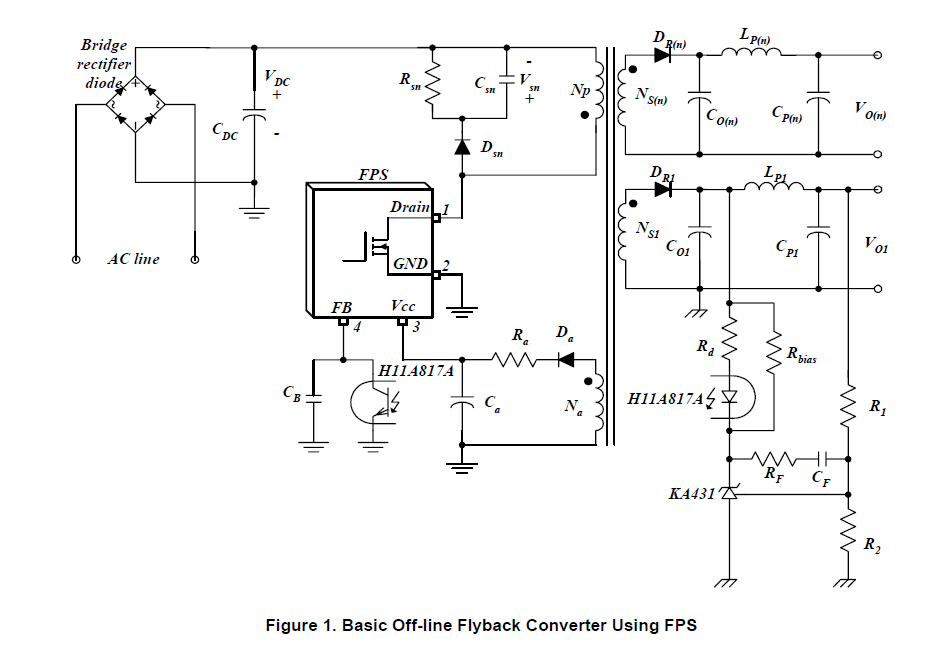As a second part of my bad question about voltage converters .
Well, I was asking about a regulator to get me from 220V AC/DC, into 12V DC . A regulator can't do that , but today I got the Apple charger for the iPhone , that takes my 220v into a 5v , and its very small.
I think if you take out the plastic you get a tiny transformer.
Is this a switching power supply ?
So , my question now is, what kind of transformer Apple uses in its iPhone chargers, is it some kind of regulator, or just a small transformer with coils ?
My needs are very small voltage conversion, from 220V AC (or DC with diodes), into about 12V-24V DC, with a very small current consumption (MCU), that is in one small enclosure box, and relatively cheap.
I was looking for it everywhere, but couldn't find such a small box to do that.
(By small I mean to be on a board, not more than 2-3 cm)


